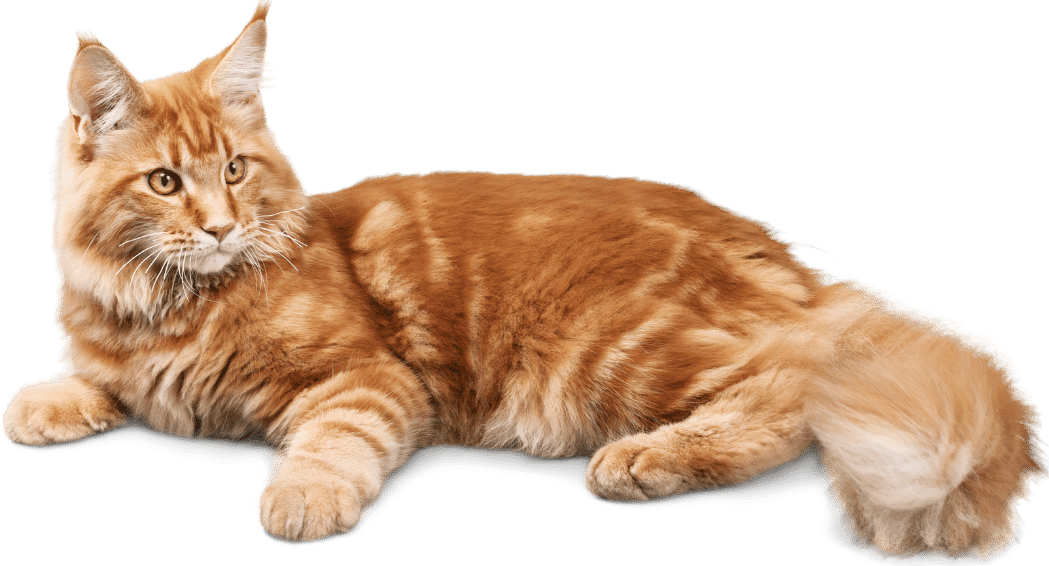Everything You Need to Know About the Pomeranian
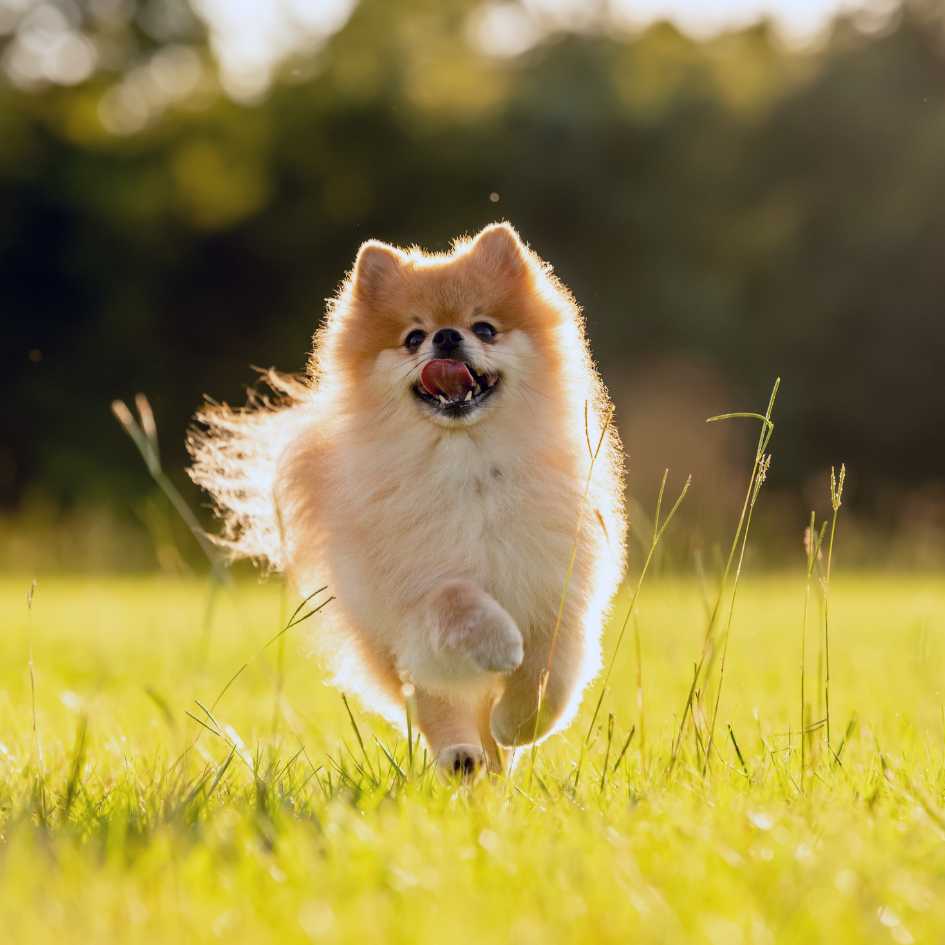
Are you captivated by the charm of the Pomeranian? This irresistibly fluffy and energetic companion has won hearts across the globe — from Queen Victoria in 1888 to modern pet parents looking for a loyal, small dog with a big personality. This blog post is your ultimate guide to the Pomeranian dog breed, packed with essential breed information, grooming tips, and care advice that every pet lover should know. Whether you’re thinking of getting a Pomeranian puppy, already have one, or just love learning about adorable dog breeds, this article is for you.
What Is a Pomeranian and Where Did It Come From?
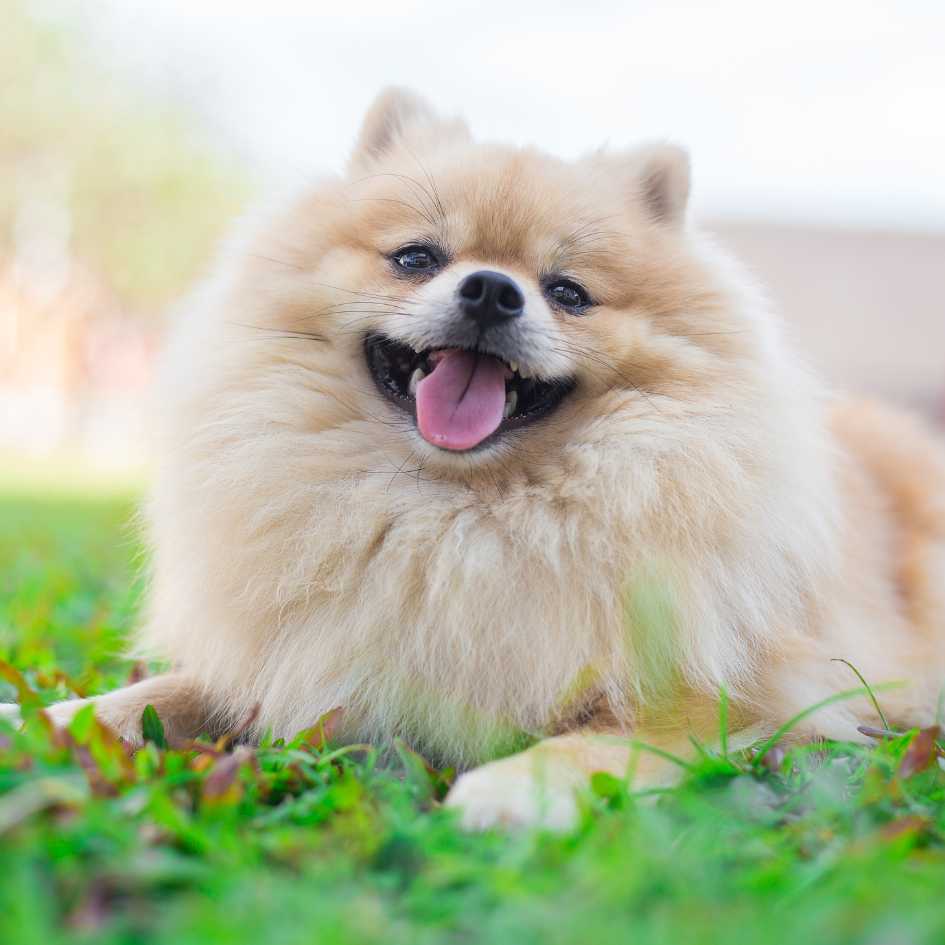
The Pomeranian is a toy dog breed that descends from large sled dogs known as the spitz type. Despite its tiny small size, this fluffy pup hails from the historical region of Pomerania, now part of Poland and Germany, along the Baltic Sea.
The breed gained immense popularity after Queen Victoria brought one home from a trip to Italy in 1888. Since then, the Pomeranian has been recognized by major organizations like the American Kennel Club (AKC) and the American Pomeranian Club.
This pomeranian breed is now cherished worldwide for its sassy attitude, fluffy coat, and fierce loyalty despite weighing less than 10 pounds.
Why Are Pomeranians Such Popular Pets?

Pomeranians are one of the most adored small dogs due to their animated personalities and adaptability. They’re a favorite for people living in apartments and for anyone seeking a playful and alert companion.
These pets form strong bonds with their pet parents and are known for being exceptionally loyal and affectionate. Their fluffy appearance and animated bark make them adorable yet formidable watchdogs.
Despite their tiny frame, they’re intelligent and curious, always ready for a game or cuddle. Their spirited nature and manageable size make them ideal for first-time dog owners and families alike.
What Makes the Pomeranian Dog Breed Unique?
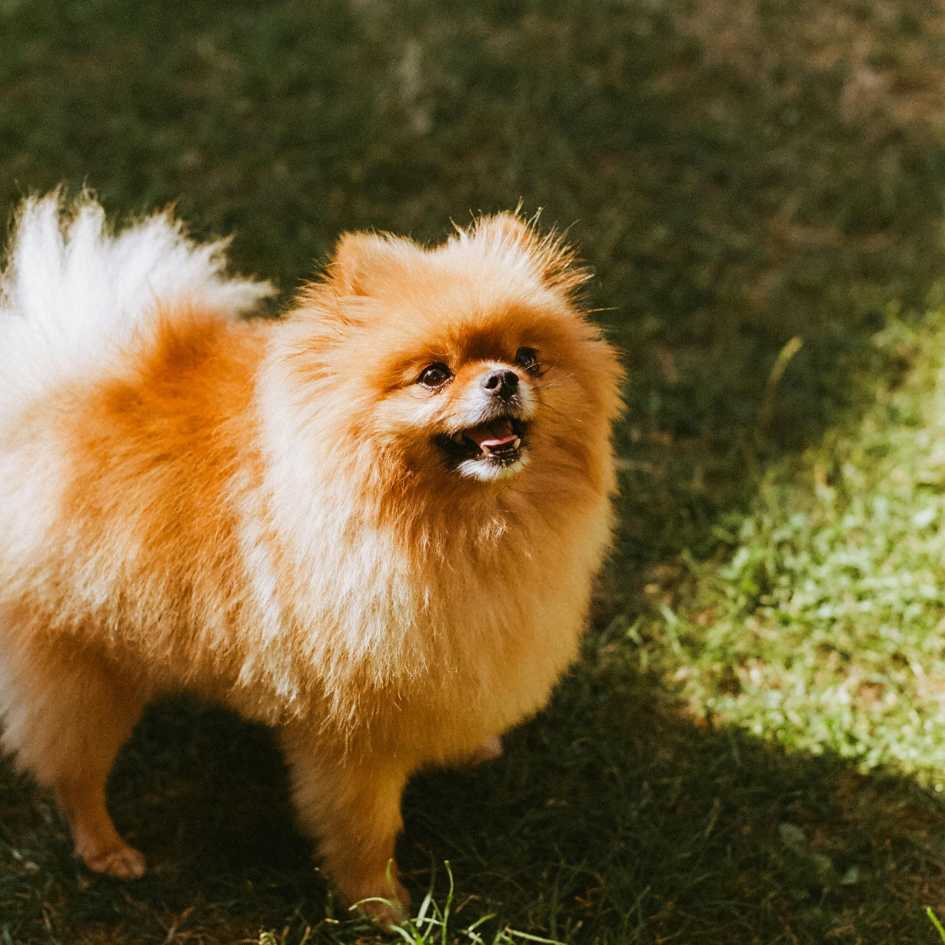
The pomeranian dog breed is known for its luxurious double coat, plume-like tail, and fox-like face. But it’s not just about looks — this breed also boasts a confident, independent temperament.
These dogs often act like they’re much larger than they really are, showing no fear when meeting larger dogs or new people. Their signature bark is loud and sharp, alerting their owners to any disturbances.
Another standout feature is their diverse range of pomeranian colors, including red sable, black and tan, brindle, white pomeranian, and the rare blue merle. Each pom has a unique lineage that contributes to its color and personality.
What Do I Need to Know Before Getting a Pomeranian Puppy?
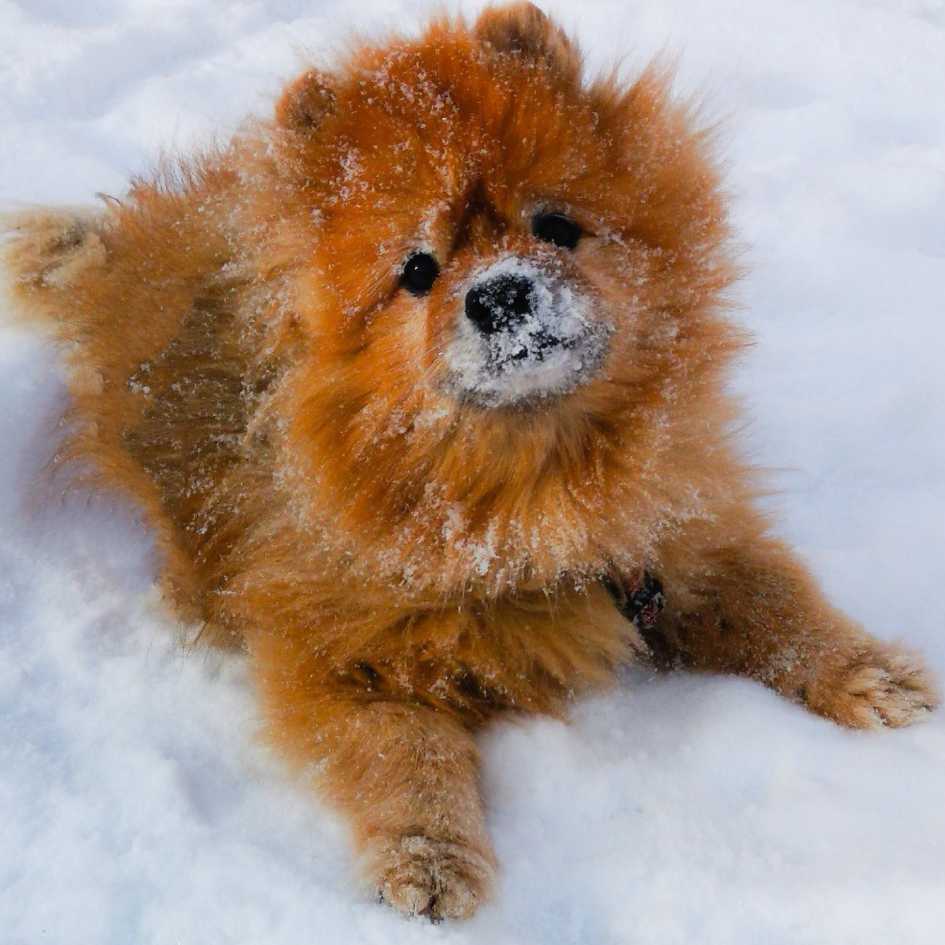
Getting a pomeranian puppy is exciting, but there are important factors to consider. First, always choose a reputable breeder or consider adoption from a shelter or rescue that helps you adopt a pomeranian ethically.
Puppies are fragile and require special attention. Their blood sugar can drop quickly, so regular feeding is crucial. Be prepared to invest time in training and socialization, especially in the first few months.
Also, puppies are naturally vocal and active. You’ll need a good harness, plenty of toys, and a safe space for them to play and nap.
What Are the Most Common Health Issues in Pomeranians?
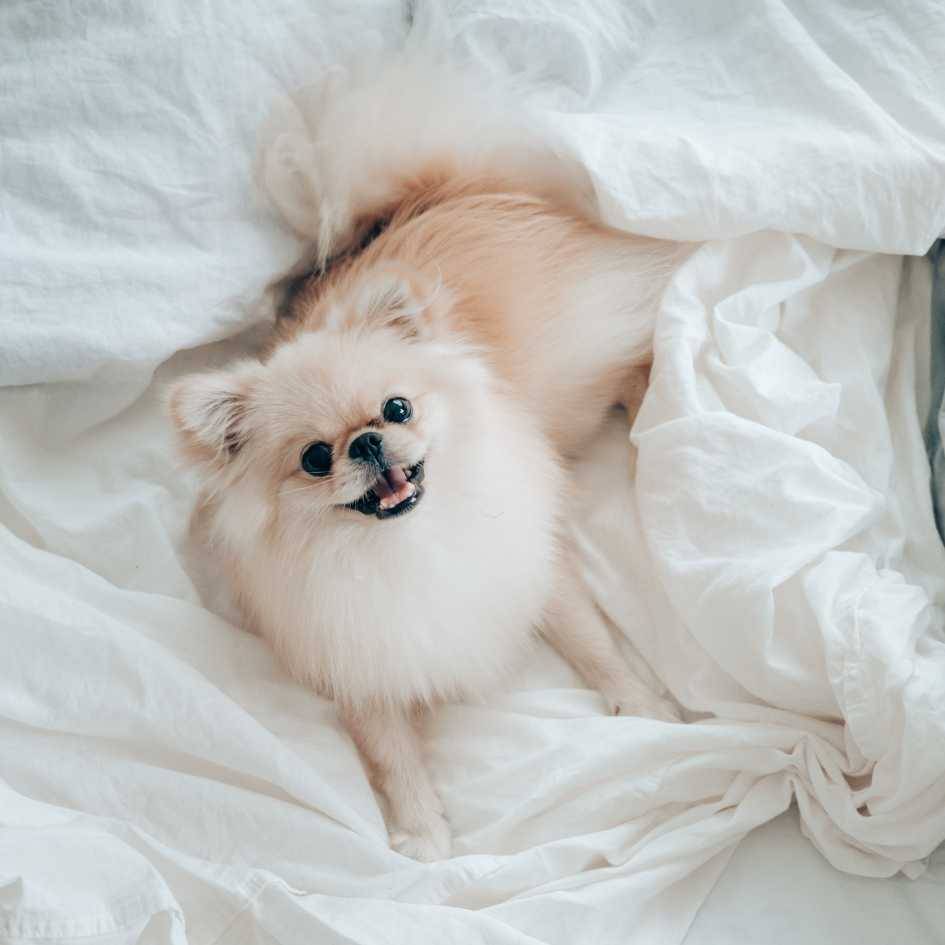
While pomeranians generally live long lives — the average pomeranian lifespan is 12–16 years — they are prone to certain health issues. These include:
- Tracheal collapse, a condition affecting the windpipe, often caused by pulling on a collar instead of using a harness
- Patellar luxation, a hereditary issue where the kneecap slips out of place
- Alopecia, also known as “black skin disease”, where the fur thins or falls out entirely
- Dental problems due to their small size
Regular vet checkups and attention to symptoms like coughing, limping, or skin changes can prevent serious complications.
How Do I Properly Groom My Pomeranian?
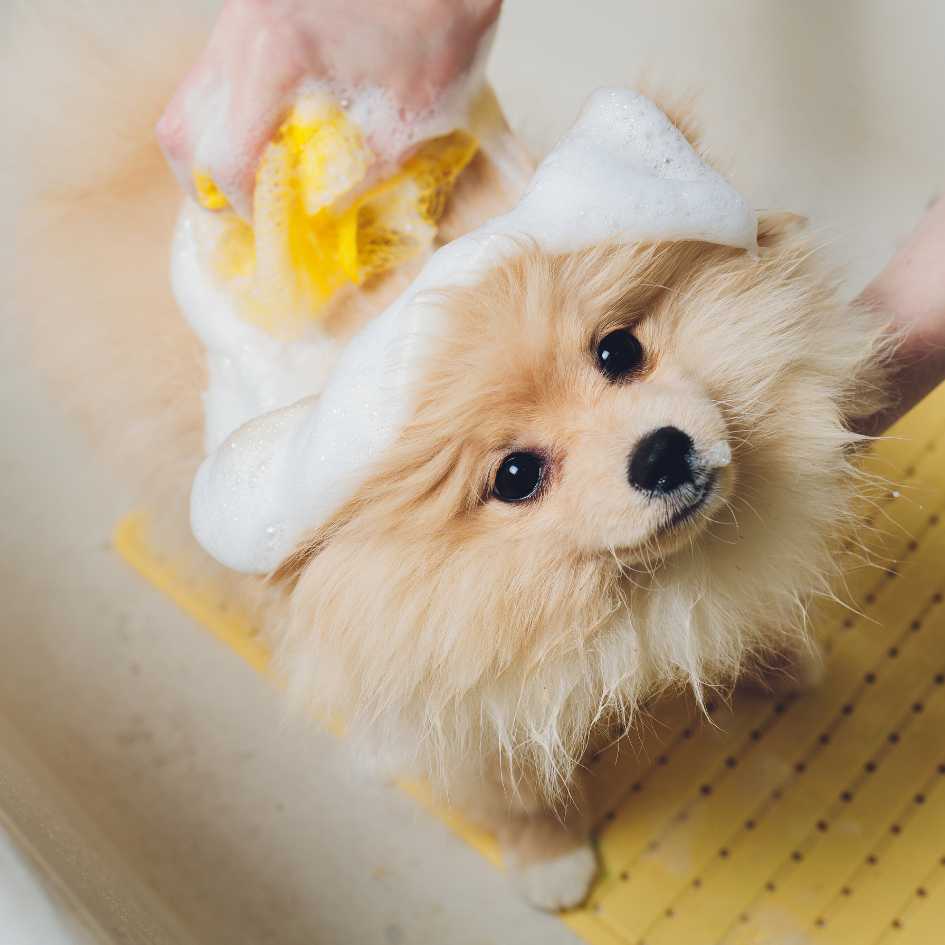
Pomeranian grooming is essential to maintaining that iconic fluff. Their double coat requires consistent care:
- Brush their coat at least 2–3 times a week to prevent matting and tangles.
- Bathe your pom once every 3–4 weeks using dog-safe products.
- Use a professional groomer every few months for trimming and hygiene maintenance.
Don’t forget to clean their ears, trim their nails, and brush their teeth regularly. Pomeranians are prone to dental issues, so oral hygiene is vital.
What Is the Difference Between a Teacup Pomeranian and a Regular One?

The teacup pomeranian is a smaller version of the standard pomeranian, often weighing under 4 pounds. While undeniably cute, they come with added risks.
Their tiny frame makes them more susceptible to collapse, injuries, and metabolic problems like blood sugar fluctuations. Many vets caution against breeding for extreme smallness due to the associated hereditary issues.
Despite their delicate nature, teacup pomeranians share the same sassy, intelligent demeanor and need for regular grooming and vet care.
What Are the Different Pomeranian Colors and Coat Types?
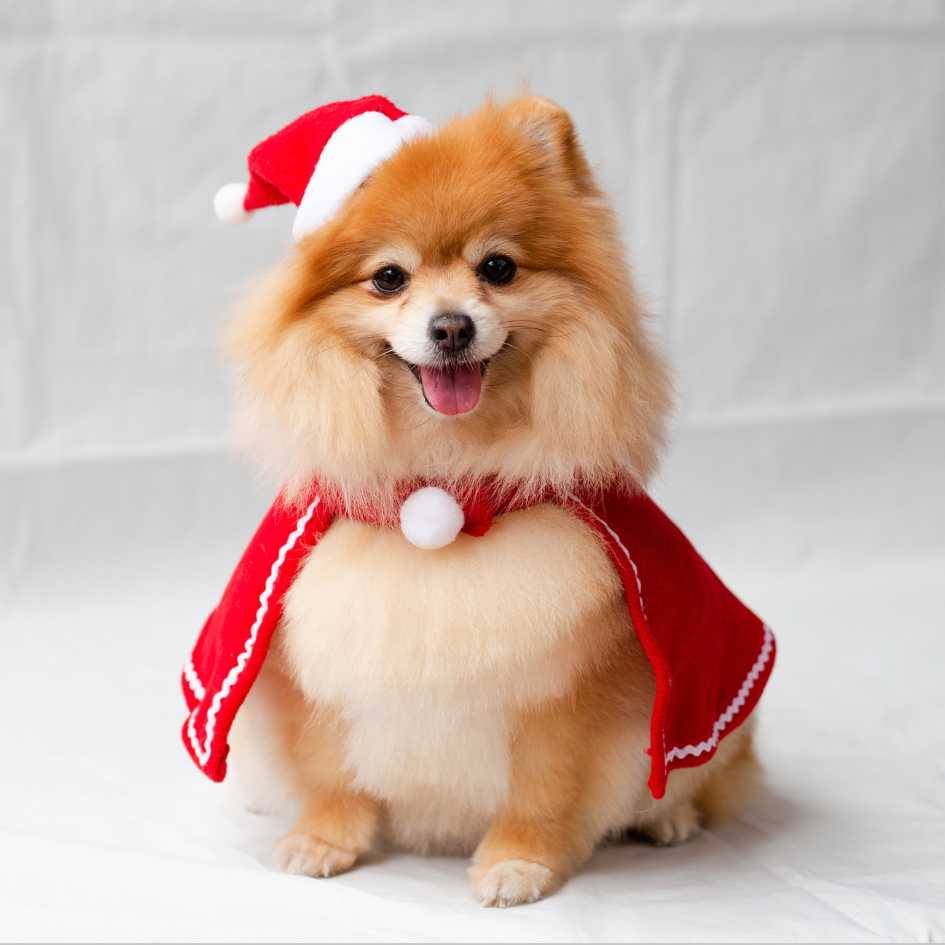
Pomeranians boast a stunning variety of colors and patterns. Some popular and rare shades include:
- Red sable
- Brindle
- Black and tan
- Blue merle
- White pomeranian
Their thick fur and fluffy tails are part of what makes them so lovable. Coat types vary in thickness and texture, affecting grooming needs. Always consider the coat type when choosing a puppy.
Their coat may change as they grow — pomeranian puppies often start with different coloring than their adult coat reveals.
How Should I Train and Socialize My Pomeranian?
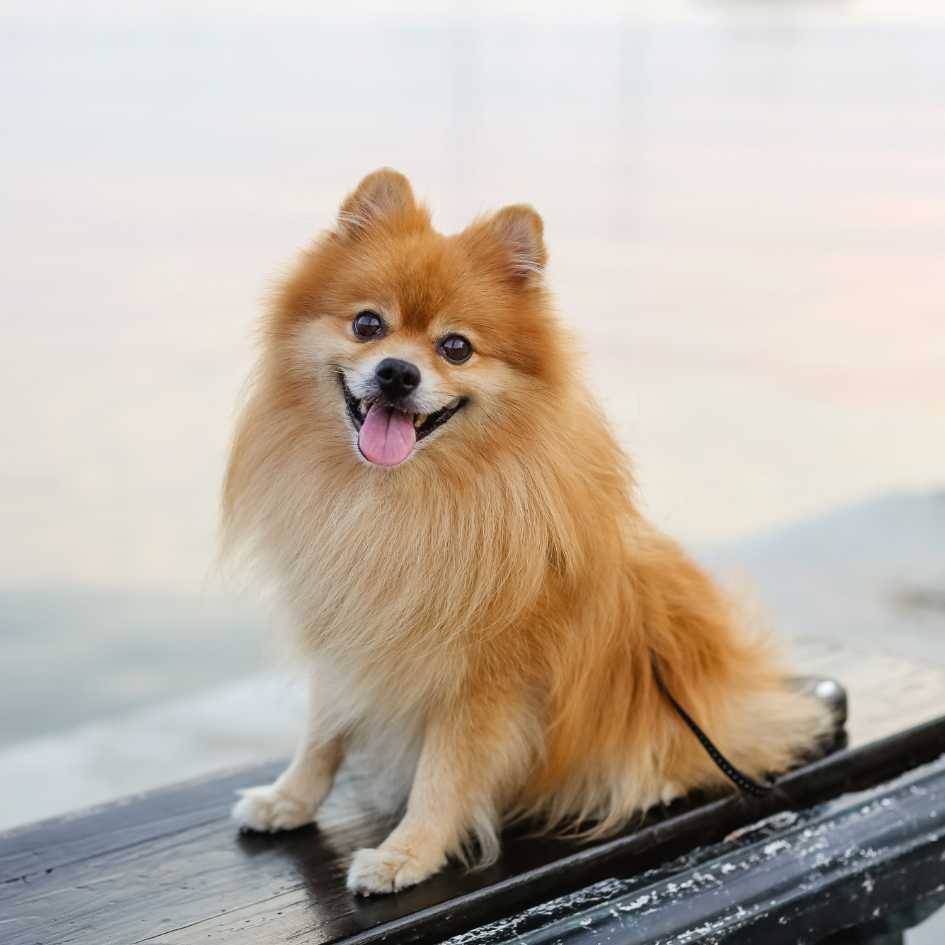
Pomeranians are smart and love to please, but their independence can make them a bit stubborn. Start socialization early by introducing them to other people, pets, and environments.
Training should be consistent and positive. Reward-based techniques work best, and investing in training early will pay off in the long run.
Since they tend to bark a lot, teaching quiet commands early can help avoid nuisance barking. Mental stimulation through puzzle toys and basic obedience keeps their sharp minds engaged.
Pomeranian FAQs Every Pet Parent Should Read

Here are some of the most commonly asked faqs about pomeranians:
- Are pomeranians good with children?
Yes, with supervision. Their small size makes them fragile, so teach kids how to handle them gently - How much exercise does a pomeranian need?
Around 30 minutes a day. They enjoy short walks and indoor play. - Do pomeranians get along with other pets?
Yes, especially if raised together. Early socialization helps prevent jealousy. - How often should I take my pomeranian to the vet?
At least once a year, more if managing chronic conditions.
Being informed about these faqs ensures you provide the best care for your fluffy companion.
How Much Does a Pomeranian Cost?
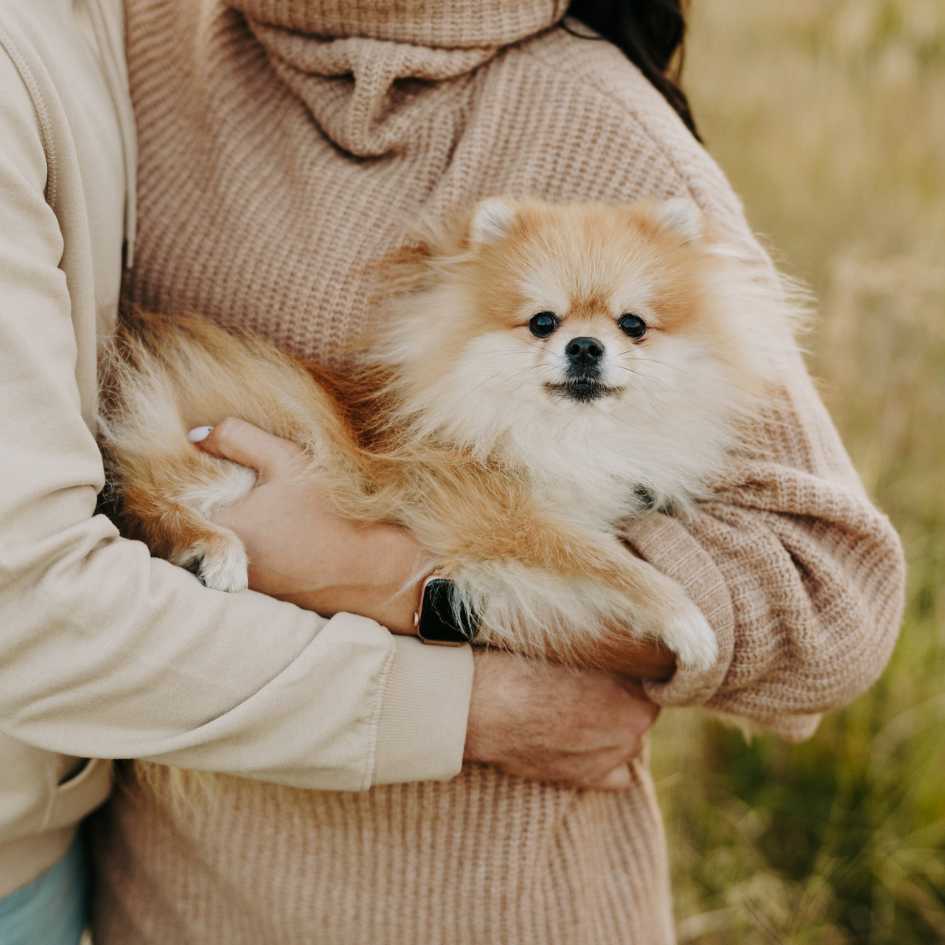
If you’re planning to bring a Pomeranian into your home in India, understanding the price range in Indian Rupees (INR) is important. The cost of a pomeranian puppy varies widely based on factors like lineage, coat color, size, and breeder reputation.
Typical Price Range in India
- Standard Pomeranian: ₹60,000 – ₹2,25,000
- Show-quality Pomeranian (champion lineage): ₹2,25,000 – ₹7,50,000+
- Teacup Pomeranian: ₹1,12,500 – ₹3,75,000 (or more, due to rarity and high demand)


